The majority of tree species are angiosperms or hardwoods; of the rest, many are gymnosperms or softwoods. Trees tend to be long-lived, some reaching several thousand years old. Trees evolved around 370 million years ago, and it is estimated that there are around three trillion mature trees in the world currently.

While most popular during the holiday season as a Christmas tree alternative, the Norfolk Island Pine looks gorgeous year round with its thin, needle-like leaves.
This cone-bearing tree is actually a tropical plant that originates from Norfolk Island (hence the name), so it prefers temperatures between 65 and 85 degrees and can thrive in high humidity, according to The Sill. The indoor tree thrives in medium to bright, indirect light, but appreciates a few hours of direct sun.
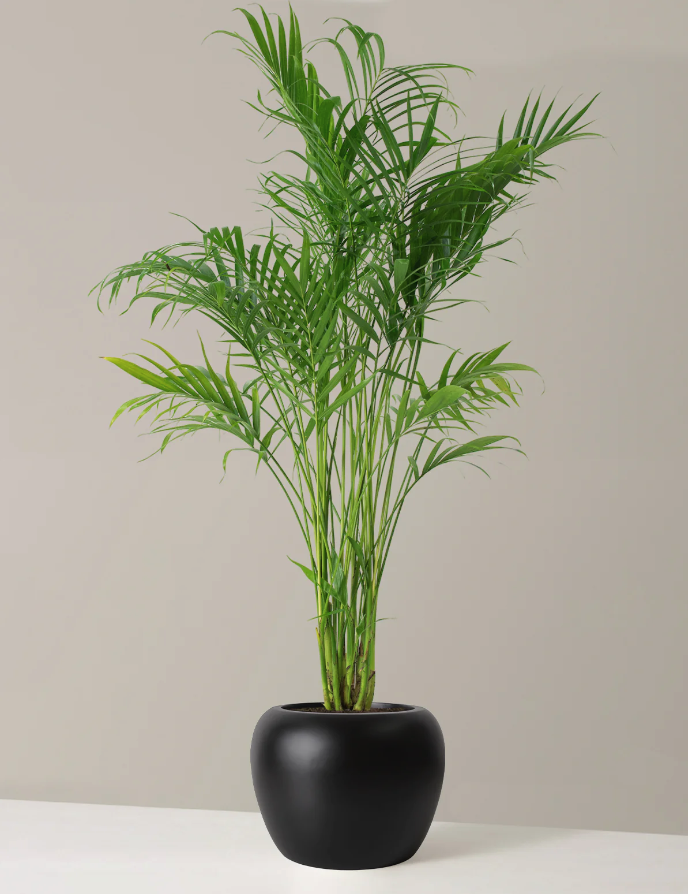
Add a tropical touch to any space with this small palm plant, originating from rainforests in Mexico and Guatemala. The feathery, green fronds love bright, indirect light, but the delicate leaves may burn in direct sunlight.
Since overwatering can lead to root rot, it's best to water a cat palm only once the top inch or so of soil has dried completely, according to Planet Natural. As the name may suggest, this clustering palm is non-toxic to cats (and other pets).

Originally from Africa, this lush houseplant is known for its stalky stems and long, light green leaves. While it prefers bright, indirect light, it can tolerate low light, making it a versatile choice for indoors.
The low-maintenance houseplant will be content with watering once per week or when soil is a little damp or slightly dry, according to Dengarden.
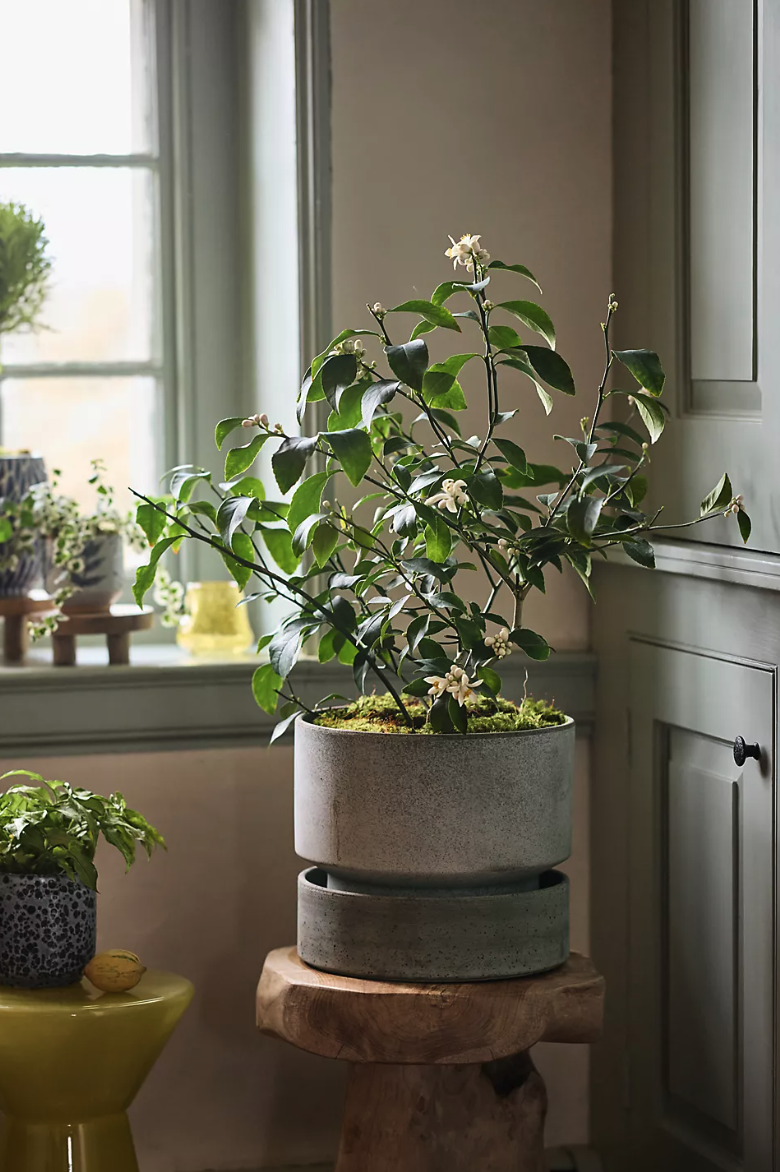
The easiest lemon tree to grow indoors is a Dwarf Improved Meyer, which is technically a cross between a lemon and mandarin orange tree. Depending on the season, the tree will produce beautiful white blooms or sweet, tangy lemons.
An indoor lemon tree will do best with 8 to 12 hours of direct light from a south or southwest facing window, according to Terrain. Let your lemon tree dry completely between waterings, and feel free to mist it occasionally.
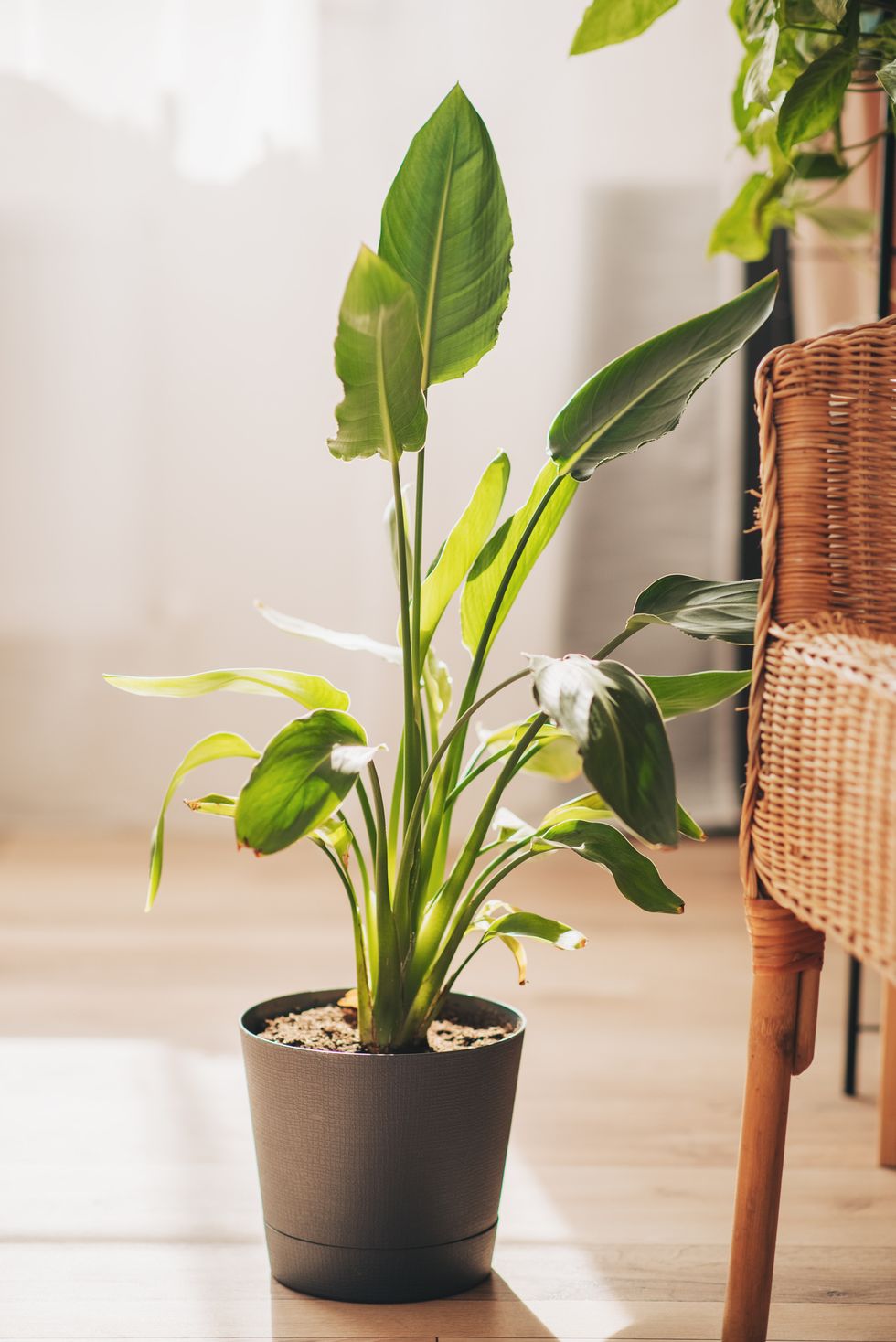
Native to South Africa, this tropical houseplant is popular for its large leaves and exotic flowers that range in color from creamy white to bright orange.
The Bird of Paradise, similar in appearance to a banana tree, can grow upwards of six feet tall indoors, so ensure you've got plenty of space for its leaves to sprawl out. The tropical plant thrives in bright, indirect light and should be watered once the soil has completely dried.

Pachira thrives in more swamp-like situations similar to its original home in the South American wetlands. It can tolerate overwatering if there's good drainage and it appreciates bright, indirect light.
You'll typically find it sold with a braided trunk under the name "money tree" due to its fortuitous associations in East Asia.
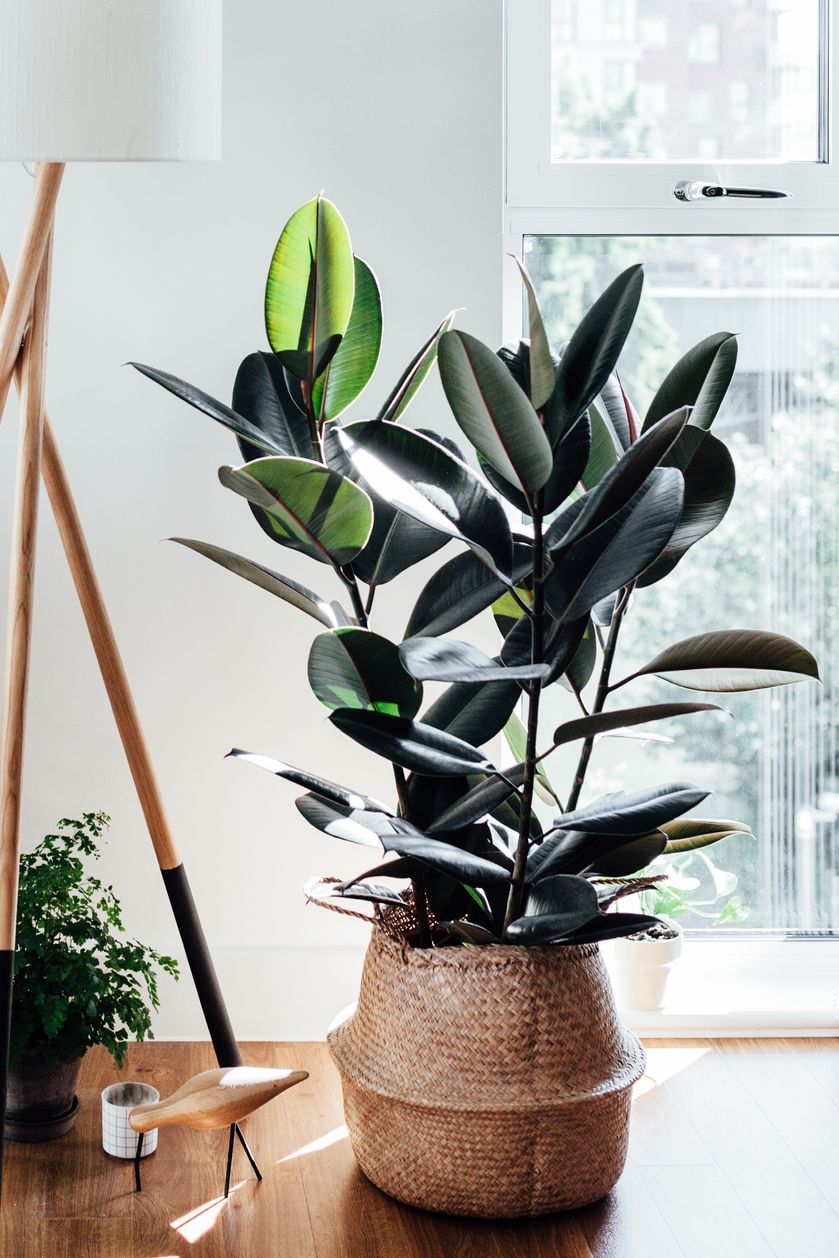
This tall and hardy beauty comes in many varieties, from tricolor and variegated leaves to almost black ones.
Put yours in a spot with bright, indirect light and water it about once a week without water-logging, advises The Little Book of House Plants and Other Greenery.
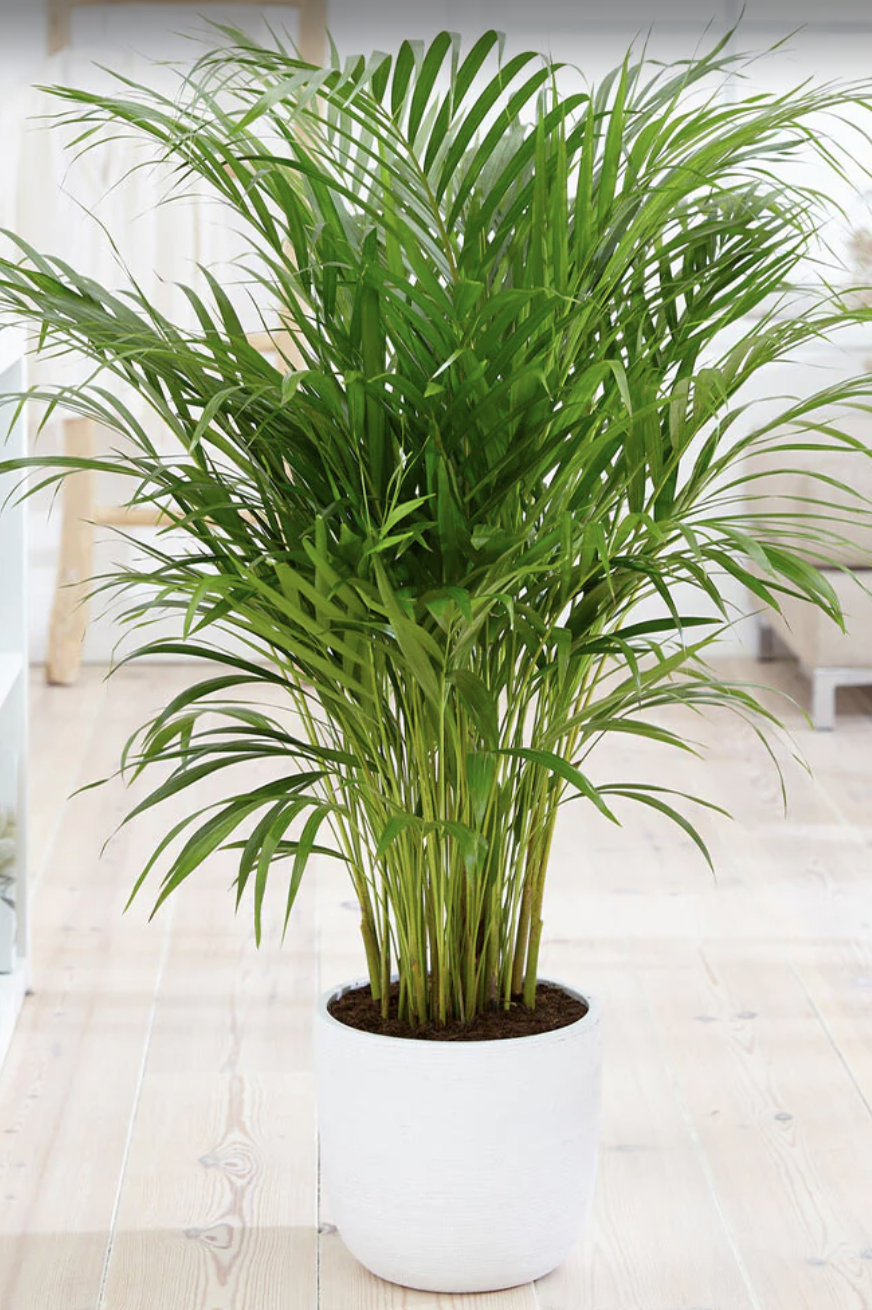
Also known as the bamboo palm, the areca palm is an eye-catching home addition for its feathery and arching fronds that feature more than 100 leaflets on each one.
Keeping them in humid environments and by a sunny window will help them grow. Gardening Know How recommends fertilizing them in the spring and using a micronutrient spray in the summer.
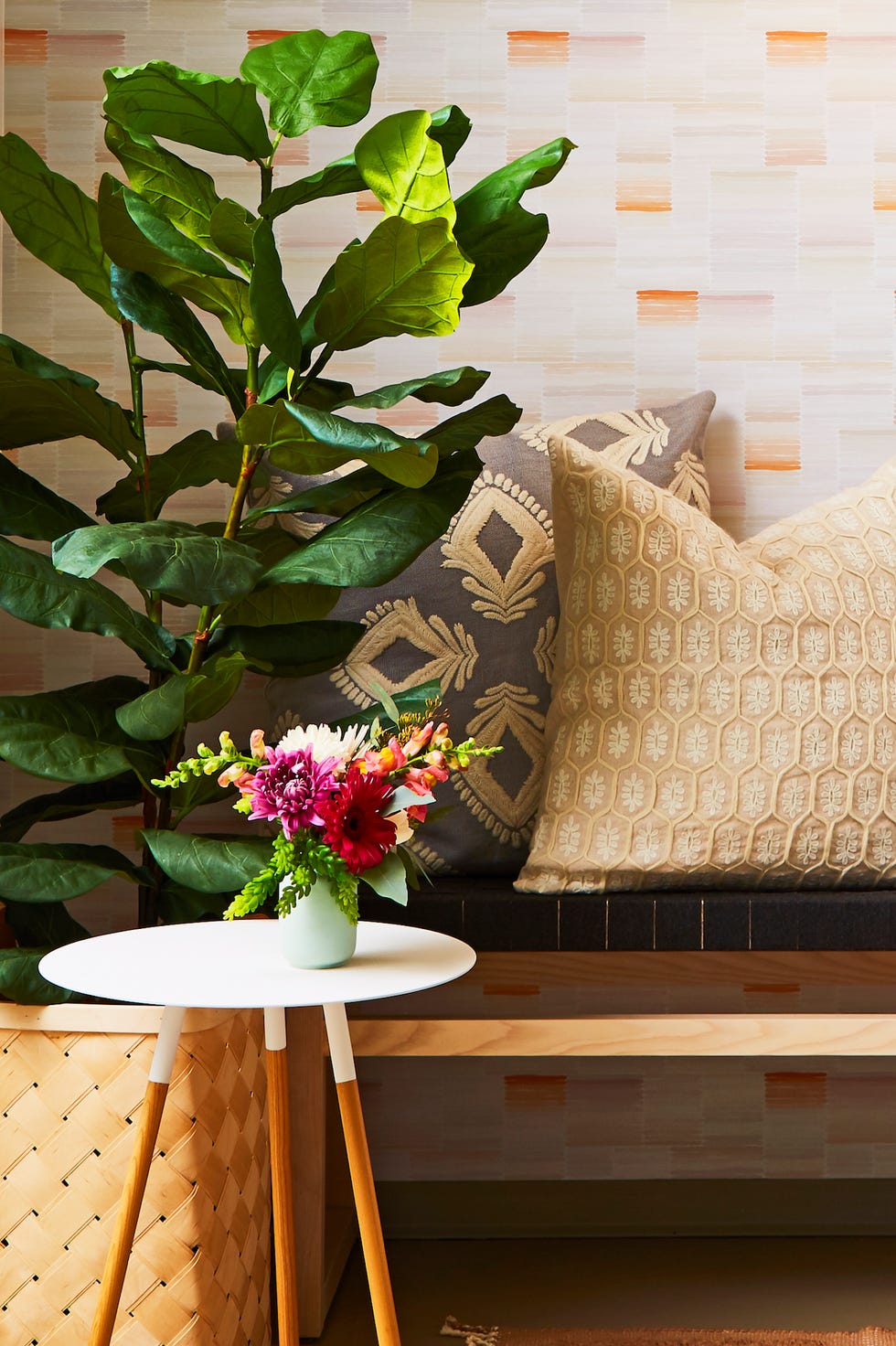
This uber-trendy plant keeps popping up in design magazines and chicly styled Instagram shots, thanks to its wide, textured leaves. Young plants feature dense foliage that spreads out as they age and grow more "tree-like."
Give it bright, indirect light — near an east-facing window is perfect. Water once the top inch of soil is dry, drench until water comes out the bottom of the pot and then let it dry out again.
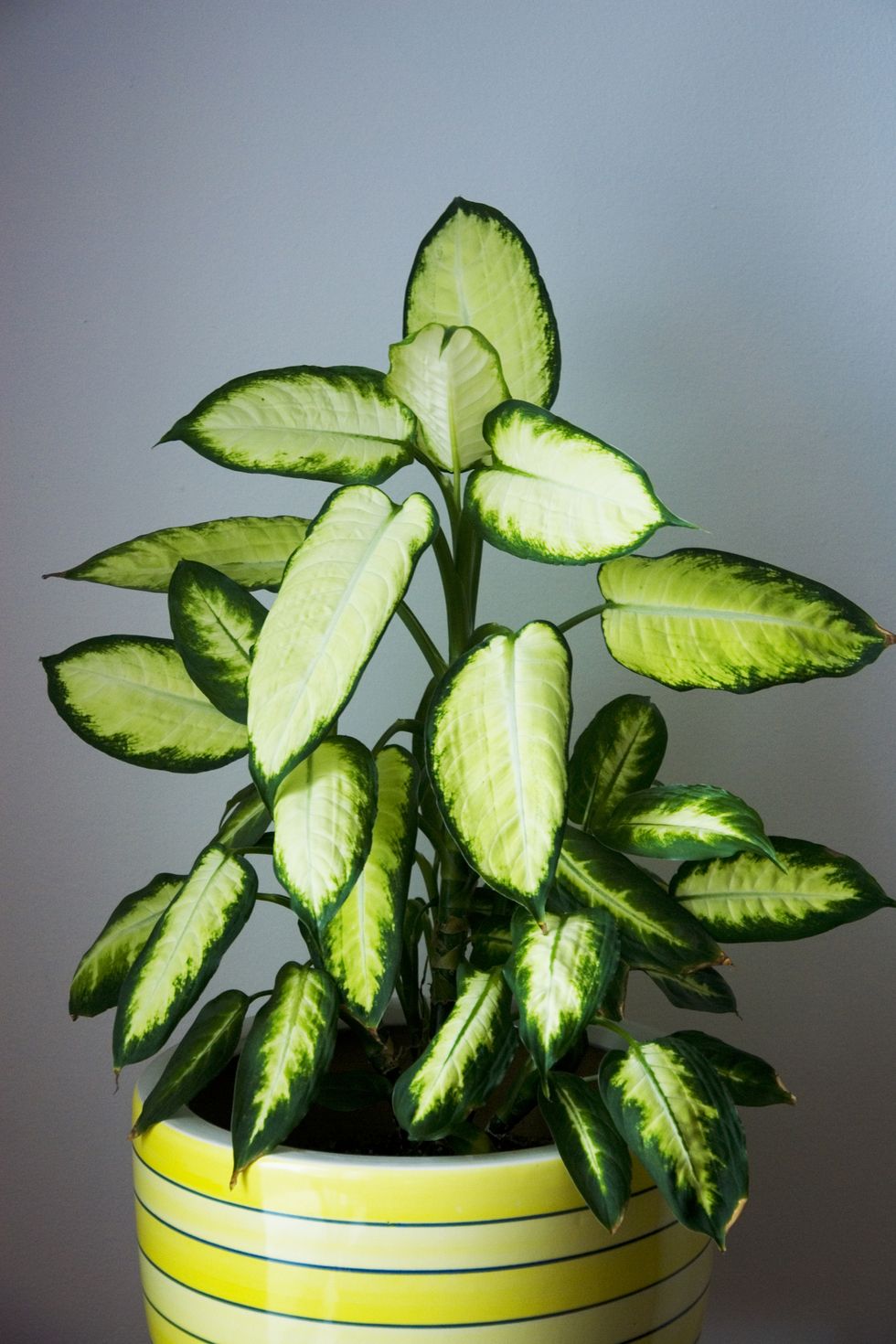
Large, lush leaves sprout out of this fast-growing plant, which can reach 5 feet tall or more when content.
It's easy to propagate too: Just lop off a thick stem, leave in water until roots appear and then replant in a new pot.